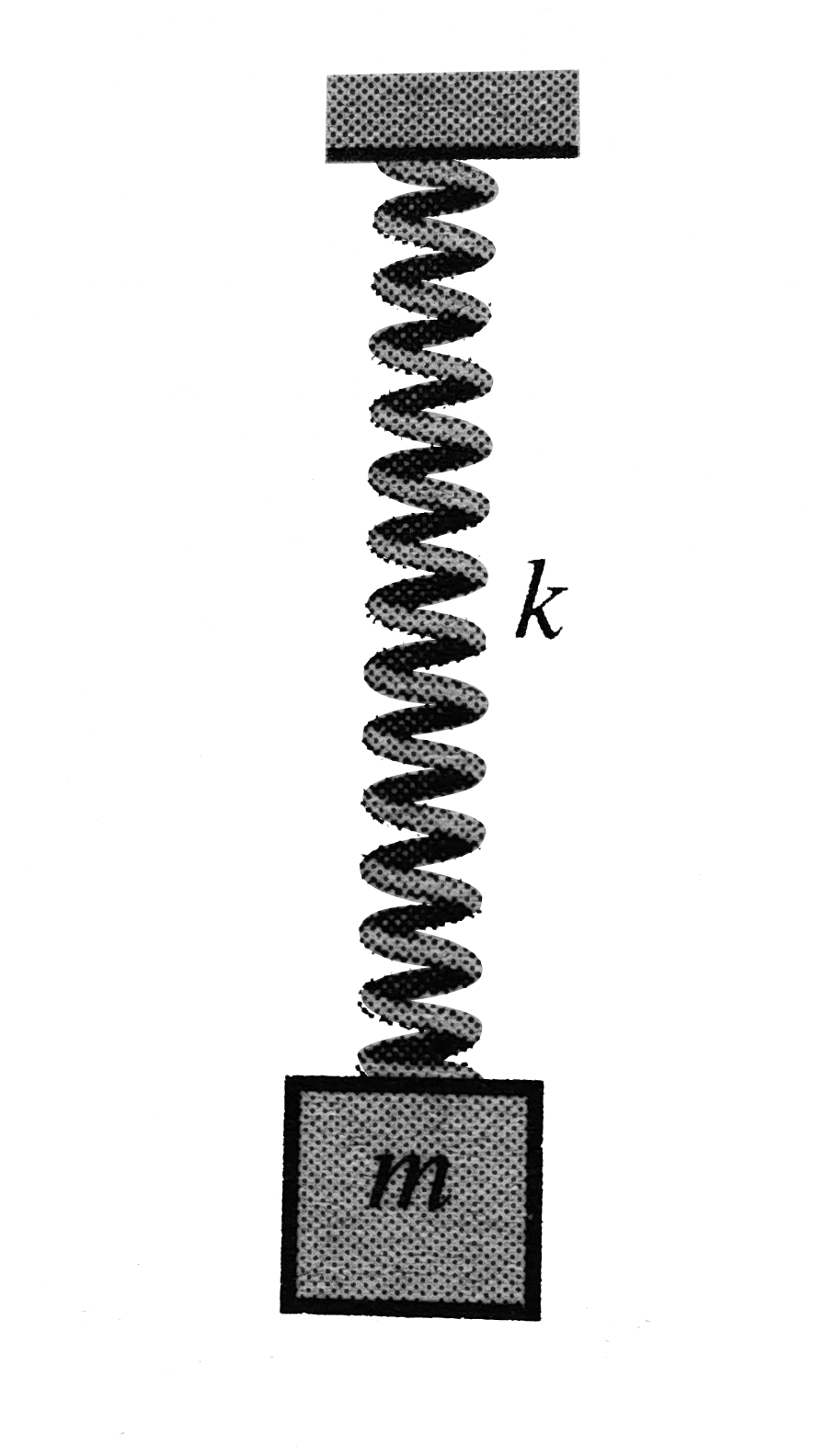Mark out the correct options.
An ammeter should have small resistance.
An ammeter should have large resistance.
A voltmeter should have small resistance.
A voltmeter should have large resistance.
The correct Answer is:AD
To solve the question, we need to analyze the four options provided regarding the characteristics of ammeters and voltmeters in electrical circuits.
1. Understanding the Ammeter:
- An ammeter is used to measure the current flowing through a circuit.
- It must be connected in series with the circuit element whose current we want to measure.
2. Resistance of the Ammeter:
- For an ammeter to accurately measure the current, it should have a small resistance.
- If the ammeter has a high resistance, it will affect the total resistance of the circuit and change the current flowing through it, leading to inaccurate measurements.
3. Understanding the Voltmeter:
- A voltmeter measures the potential difference (voltage) across two points in a circuit.
- It is connected in parallel with the component across which the voltage is to be measured.
4. Resistance of the Voltmeter:
- A voltmeter should have a large resistance.
- This is to ensure that it does not draw significant current from the circuit, which would alter the voltage across the component being measured.
- If the voltmeter has a low resistance, it can act as a load and draw current, affecting the voltage reading.
5. Evaluating the Options:
- Option 1: "The ammeter should have small resistance." - Correct
- Option 2: "The ammeter should have large resistance." - Incorrect
- Option 3: "A voltmeter should have small resistance." - Incorrect
- Option 4: "A voltmeter should have large resistance." - Correct
Conclusion:
The correct options are Option 1 and Option 4.
- An ammeter is used to measure the current flowing through a circuit.
- It must be connected in series with the circuit element whose current we want to measure.
- For an ammeter to accurately measure the current, it should have a small resistance.
- If the ammeter has a high resistance, it will affect the total resistance of the circuit and change the current flowing through it, leading to inaccurate measurements.
- A voltmeter measures the potential difference (voltage) across two points in a circuit.
- It is connected in parallel with the component across which the voltage is to be measured.
- A voltmeter should have a large resistance.
- This is to ensure that it does not draw significant current from the circuit, which would alter the voltage across the component being measured.
- If the voltmeter has a low resistance, it can act as a load and draw current, affecting the voltage reading.
- Option 1: "The ammeter should have small resistance." - Correct
- Option 2: "The ammeter should have large resistance." - Incorrect
- Option 3: "A voltmeter should have small resistance." - Incorrect
- Option 4: "A voltmeter should have large resistance." - Correct
The correct options are Option 1 and Option 4.
Topper's Solved these Questions
- BOOK - MOTIONCHAPTER - CURRENT ELECTRICITYEXERCISE - EXERCISE -3 (Level -I) SECTION A- Definition of Current , Current Density , Drift Velocity2videos
CURRENT ELECTRICITY
- BOOK - MOTIONCHAPTER - CURRENT ELECTRICITYEXERCISE - EXERCISE -3 (Level -I) SECTION B- Resistance & resistivity ,Ohms law +VI (Volt -Curr.) Characteristics +Colour Code + Temp . Dependence8videos
CURRENT ELECTRICITY
- BOOK - MOTIONCHAPTER - CURRENT ELECTRICITYEXERCISE - EXERCISE -2 (Level -II) SECTION E- Electrical Power & Energy3videos
CURRENT ELECTRICITY
- BOOK - MOTIONCHAPTER - CONSTRAINED MOTION EXERCISE - EXAMPLES12videos
CONSTRAINED MOTION
- BOOK - MOTIONCHAPTER - ELASTICITYEXERCISE - EXERCISE -360videos
ELASTICITY
Similar Questions
Knowledge Check
- Question 1 - Select One
Mart out the correct options
ADiamagnetism does not occur in all materialsBDiamagnetism results from the partial alignment of permanent magnetic moment.CThe magnetising field intensity is always zero in free space.DThe magnetic field of induced magnetic moment is opposite to the applied field. - Question 2 - Select One or More

For the spring pendulum shown in fig. the value of spring constant is 3×104Nm and amplitude of oscillation is 0.1m. The total mechanical energy of oscillating system is 200 J. Mark out the correct option (s).AMinimum PE of the oscillating system is 50 JBMaximum PE of the oscillating system is 200JCmaximum KE of the oscillating system is 200 JDminimum KE of the oscillating system is 150 J. - Question 3 - Select One
Mark the correct options (s).
Atwo stram lines may cross each otherBtwo stram lines must cross each otherCtwo stram lines never cross each otherDNone of the above

